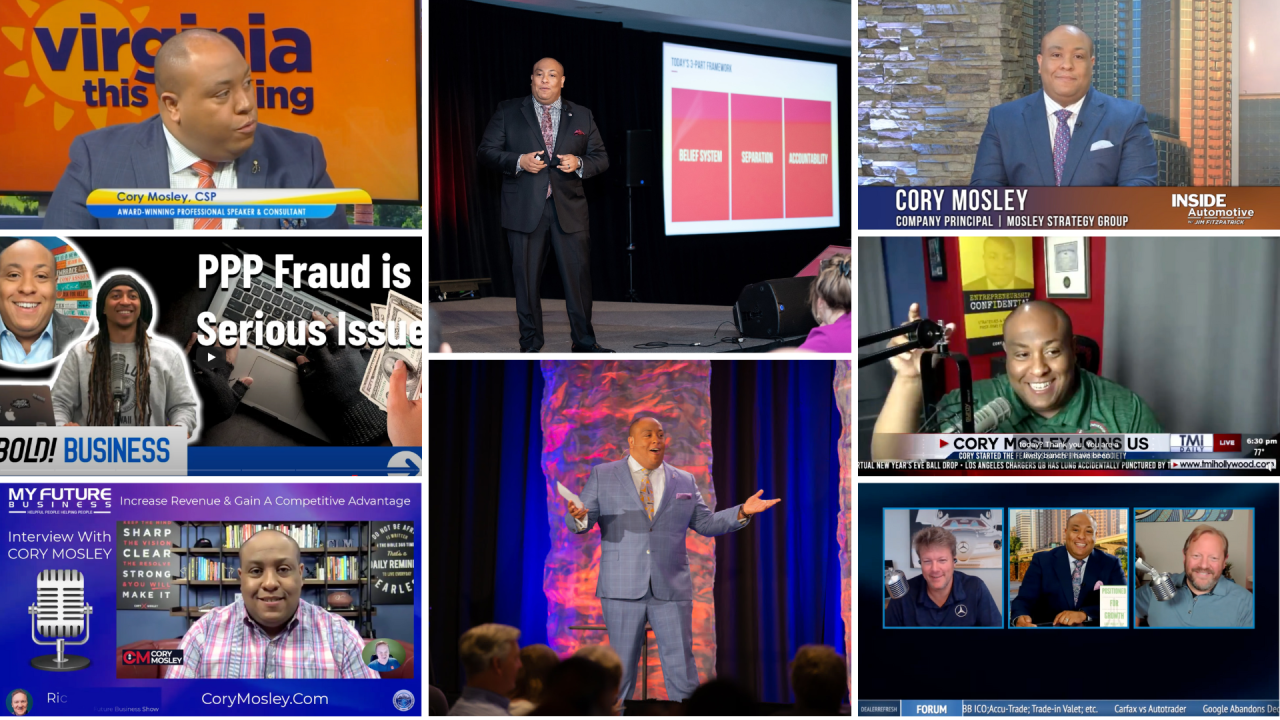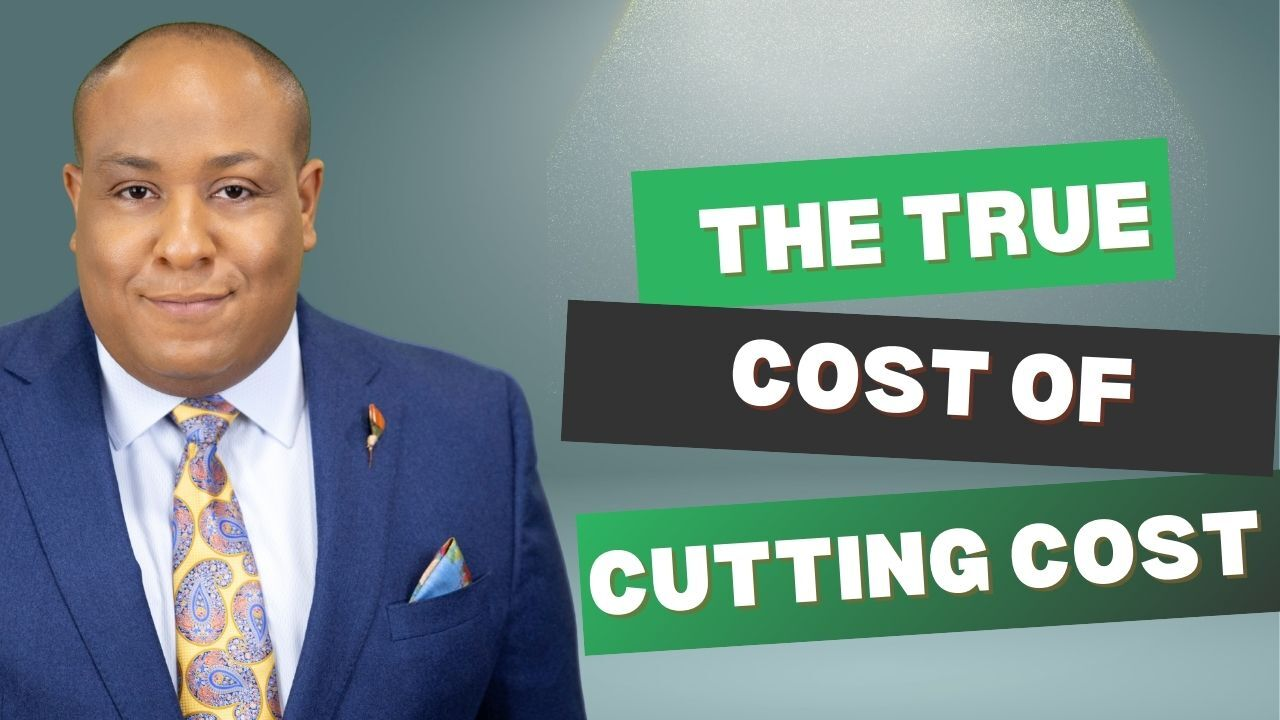804-414-8051
The Power of Your Intellectual Property: Become the Name Everyone Calls
Cory Mosley

Reaching the point where people say, "I don't want options; I want you," is the pinnacle of professional recognition. This realization struck me when others began mirroring my words and vision, transforming my expertise from a mere commodity to a sought-after, unique solution. This remarkable power resides not in the pitch or the proposal but in the intrinsic value of intellectual property developed through years of dedication, expertise, and niche interaction.
In a world overwhelmed by choices, how can you set yourself apart so that your name becomes synonymous with your service or product? It’s about moving beyond mere commoditization and staking a claim in a space so distinctive that your intellectual property is not just recognized but revered.
Understanding Your Intellectual Legacy
Picture this: you're at an event or going about your day, and suddenly, you're the topic of conversation, cited as the go-to person in your field. That thrilling moment when your contributions to building connections, sparking ideas, and shaping industries come full circle. It’s not just about being quoted; it’s about driving action. Your intellectual property, your unique insights, and experiences have carved out a niche that only you can fill.
This empowerment extends across professions, illustrating that value is acknowledged in diverse fields. It highlights the importance of cultivating a network where your intellectual property is not just developed but respected and recommended.
Transform Quotations into Calls to Action
When individuals seek you out not out of obligation but by choice, you’ve reached the pinnacle of brand potency. This journey begins the moment you understand the essence of your value proposition. What makes your insights, guidance, and intellectual property so essential that clients choose you above all others?
To shift from being one of many to the only one, you must undergo a narrative transformation. Your story should not simply state, "I offer business coaching services," but rather, "I provide unparalleled growth strategies that have driven industry success."
Cultivate Your Intellectual Property
Your intellectual property is your brand, your identity, and your legacy. It’s nurtured through visibility, learning, challenging norms, and, most importantly, teaching.
- Seek Visibility: Attend events, speak on panels, and engage in forums where your voice and message can be heard. Recognition often comes when you step beyond your immediate circle and let your expertise reach a broader audience.
- Invest in Content: Shape ideas, curate experiences, and distill insights into compelling content. Whether through blogging, podcasting, or publishing, become the source of groundbreaking ideas in your field.
- Engage and Participate: Position yourself as a listener and contributor. Understand evolving trends and pain points in your domain, and address them not as a bystander but as a thought leader.
Becoming 'The Only Call'
True realization comes through action. It involves spreading your intellectual property far and wide and standing confidently in the authenticity of your experiences. What sets you apart is not your similarity to others but your unique divergence.
As you reflect on your experiences and knowledge, ask yourself: How are you pushing boundaries? How are you ensuring your voice serves as a beacon for transformation and solutions in your industry?
In embracing your intellectual legacy, let your actions create a presence so compelling that, when the moment arrives, no list is needed—just your name.
Key Takeaways
- Recognize and Nurture Your Intellectual Property: Understand its value and cultivate it through continuous learning and exchanges with others.
- Visibility Leads to Recognition: Make your expertise known in spaces beyond your comfort zone to amplify your intellectual voice.
- Authentic Engagement is Key: In a world seeking genuine solutions, let your authority on the subject matter make you the clear choice.
- Seek Distinction: In a commoditized world, embrace what makes you unique. Don’t just offer a service; create a transformative experience.
- Embark on a Journey of Influence: Transition from sharing knowledge to driving action. Let your intellectual property guide those seeking not just advice but visionary solutions.
Ready to elevate your intellectual property and become the go-to name in your field?
Visit
corymosley.com to discover how you can leverage your expertise and make an unparalleled impact. Let’s start the conversation on how you can become the name everyone calls.
Similar Posts




Contact
Mosley Strategy Group LLC
2810 N. Parham Road Suite 360
Henrico, VA 23294
804-414-8051
hello[at]corymosley.com
Links
Affiliated Brands
© 2025 Mosley Strategy Group LLC. All Rights Reserved
